Learn about trademarks
Find out if trademark is right for you.
Your brand must stand out in the market, and cannot describe your product. This is a requirement for a trademark to be registered, and is called distinctive character.
Trademarks serve as a guarantee that the goods and services come from one particular manufacturer or supplier. It is therefore a requirement that the trademark enable the customer to identify the product in a purchasing situation.
You are therefore not able to register a completely general advertising statement such as "WE MAKE THE JOB CHEAPER", or a simple figure that will only be perceived as decoration on a product. Such a slogan or such a figure will not be perceived as a guarantee that the goods or services come from one particular manufacturer or supplier, and therefore lack distinctive character.
Word marks, figurative marks and combined marks are the most common types of trademarks. Here are some examples of registered trademarks that all have distinctive characteristics.

Wordmark. Registration number 273363
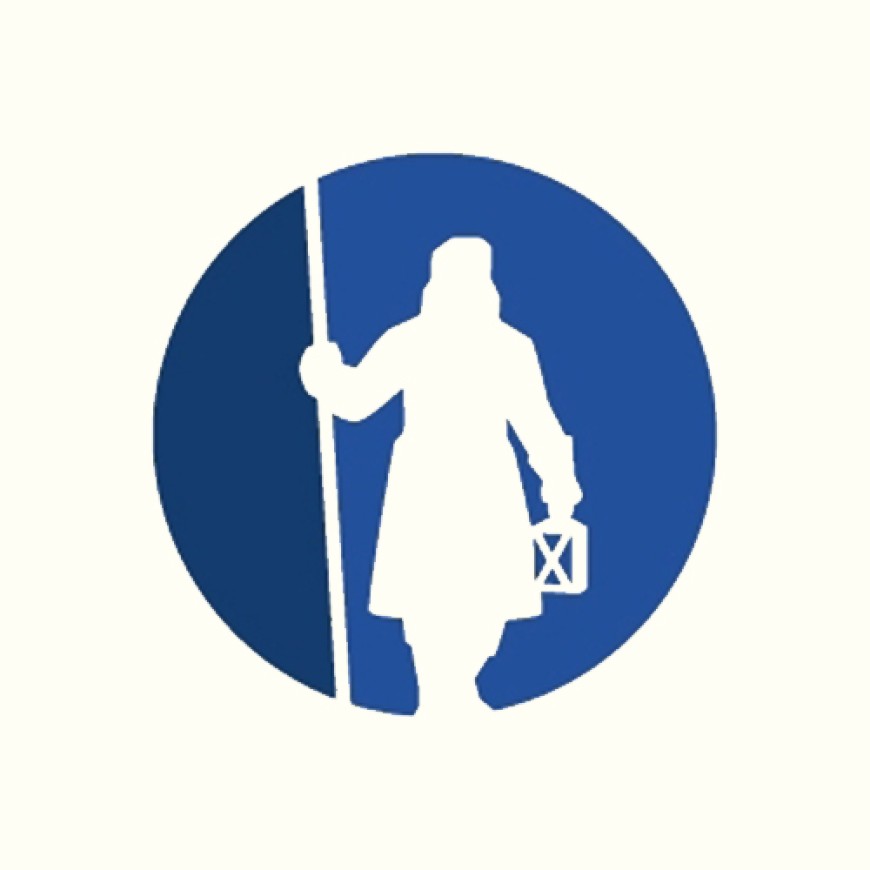
Figuartive mark. Registration number 269199

Combined mark. Registration number 275947
The Trademarks Act also prevents the registration of descriptive marks. This includes marks which, for example, describe the nature, properties, purpose or place of production of the products.
The reason why descriptive marks cannot be registered is twofold. Firstly, descriptive marks will only be perceived as information about the products and not as one provider's characteristic, and therefore they lack distinctive character. It would also be unreasonable for others if someone were given a monopoly on a word that is purely descriptive. If, for example, one coffee producer had obtained exclusive rights to the word "coffee", this would be unfair to other coffee producers.

The name is not distinctive. There are several plumbing companies in Oslo that must market themselves as plumbers.
(Fictitious brand)

The name is descriptive as it consists of words that describe what the product is. Anyone who sells coffee must be allowed to use the words dark roast and coffee in combination or separately.
(Fictitious brand)
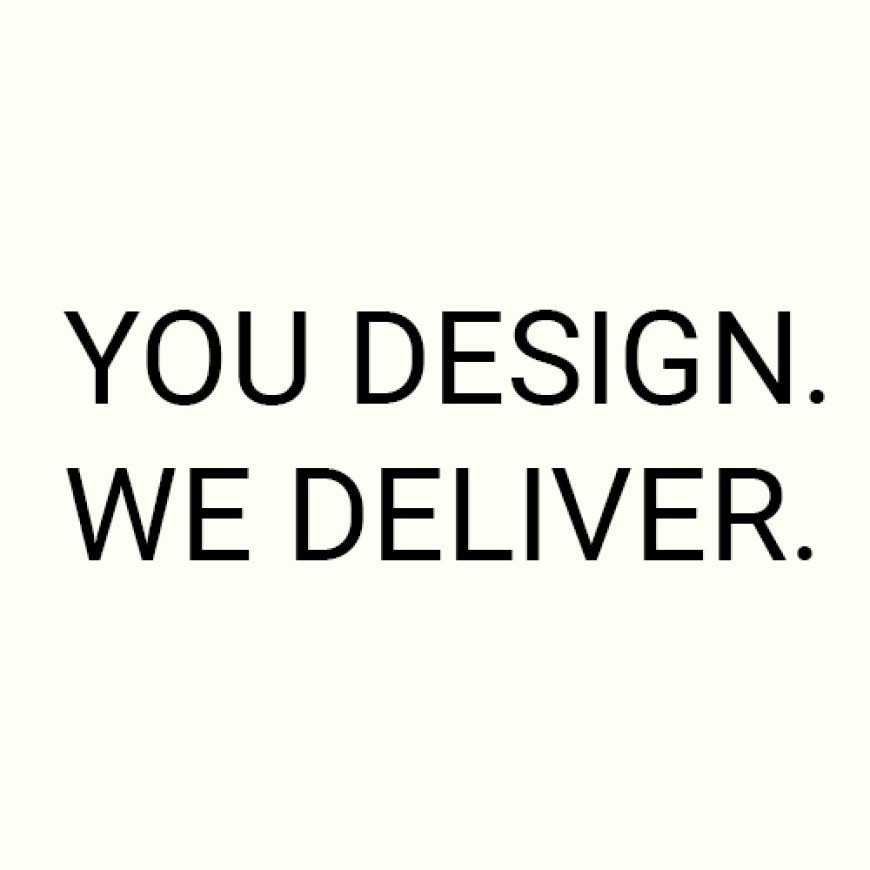
This slogan is not distinctive. The phrase is descriptive of what the design agency delivers, and they cannot claim that this is unique.
(Application No. 201600998)
Basically, all kinds of signs can be registered as trademarks. Some examples are:
The distinctiveness assessment is the same for all trademark types – that the trademark must stand out in the market, and not describe the products.
Although the distinctiveness assessment is basically the same for all trademark types, the trademark type will still have an impact on whether the trademark will be perceived as distinctive.
It is possible to register a pure color or a combination of several colors as a trademark. For example, in theory, it is possible to get an exclusive right to completely pink beer cans. However, consumers are not used to perceiving colors as trademarks, and the color will only be perceived as an aesthetic choice, and not as someone's special characteristic. In order to obtain exclusive rights to a color trademark, it must usually be documented that you have incorporated the color as your special characteristic by use.
A word or a logo, on the other hand, is easier to get registered, because the consumer is used to perceiving words and logos as trademarks.

Here are examples of marks with and without distinctiveness as an illustration of what the Norwegian Industrial Property Office can and cannot register as trademarks.
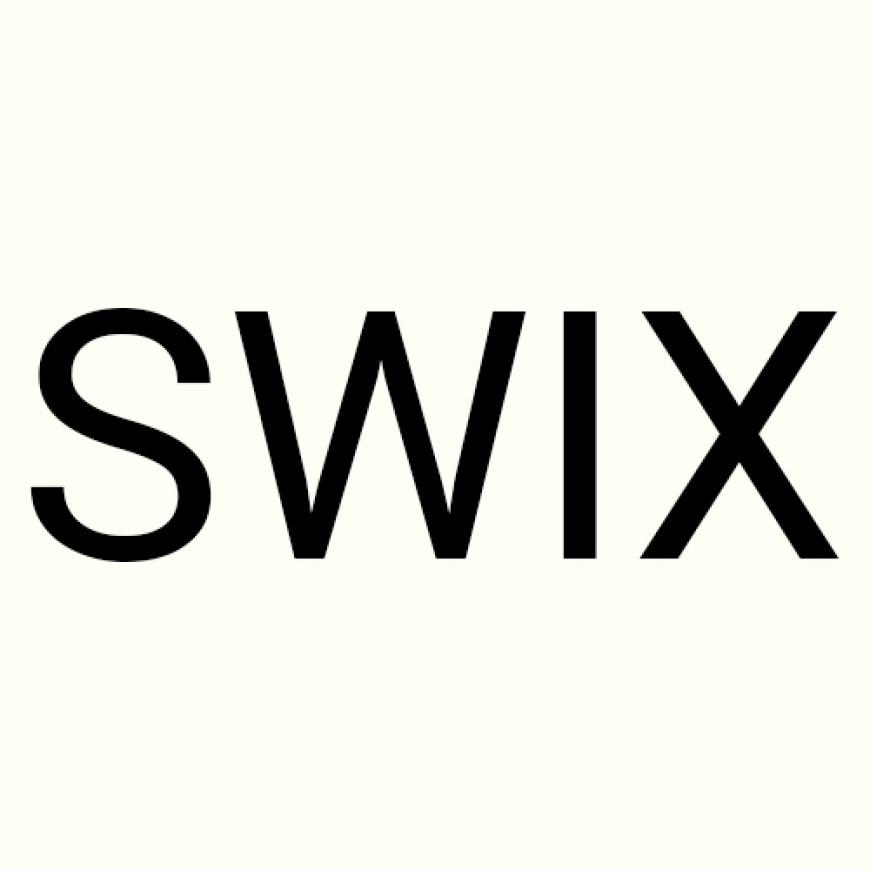
The word SWIX has no meaning. It does not describe the goods, and we believe it is well suited to be perceived as someone's distinctive characteristic.
Wordmark. Has distinctive character. Reg. no. 282487

The figure together with the name makes the mark as a whole distinctive. The name itself can be perceived as purely descriptive within the restaurant industry as it can be translated as "burger stall". The name then lacks distinctiveness. The logo element above the text, a lumberjack eating a burger, will be perceived as someone's special characteristic.
Combined mark. Has distinctiveness. Reg. no. 317336

The mark DAILIES is perceived as descriptive and lacks distinctiveness. The word will immediately be perceived as information that the contact lenses are daily lenses or are intended to be replaced daily. The drop figure will be perceived as descriptive information that the contact lenses are moist or keep the eye moist. The blue background is purely decorative and does not add distinctiveness to the whole.
Has no distinctiveness. Case no. 202007660.

This mark will be perceived as something purely decorative and aesthetic when used on the goods, which in this case are pharmaceutical products. The consumer will not perceive the mark as a guarantee that the goods come from one specific actor.
Lacks distinctiveness. Case no. 201708835

This apple logo says nothing about the goods, and is well suited to be perceived as a characteristic that designates one specific actor.
If the mark had been applied for for apples, the mark would probably not be distinctive.
Figurative mark. Has soap mark. Reg, no. 1378087
Colour black for "beer". If you see a black beer can in a purchasing situation, you will only think that this is the colour of the can, and not a trademark. The mark therefore lacks distinctiveness.
For competitive reasons, there is also a need to keep colours free for everyone, and not give individual actors exclusive rights to certain colours.
Lacks distinctiveness. Case no. 200305375
If a trademark application is rejected because the mark lacks distinctive character, this is not the end of the story, necessarily. A trademark that lacks distinctive character can be registered if you can document that the trademark has been incorporated into the market. By "incorporated" is meant that the trademark is well known as someone's special characteristic.
However, it often takes a lot to incorporate a trademark that lacks distinctive character.
Get an overview of the possibilities available to you, and how you should proceed to apply for a trademark registration. Experts at the Norwegian Industrial Property Office have extensive experience and know what you should think about.

Most Norwegians have many gadgets at home that run on batteries, and many of us store used batteries in a potentially flammable way before handing them in for recycling. The inventors of the battery box want to do something about that.
Published on 03. november 2025

Piql started in Drammen in the early 2000s, supplying the film industry at a time when films were produced digitally while cinemas still used analogue film reels. As digitalization took hold, they had to look for new uses for their technology.
Published on 26. may 2025
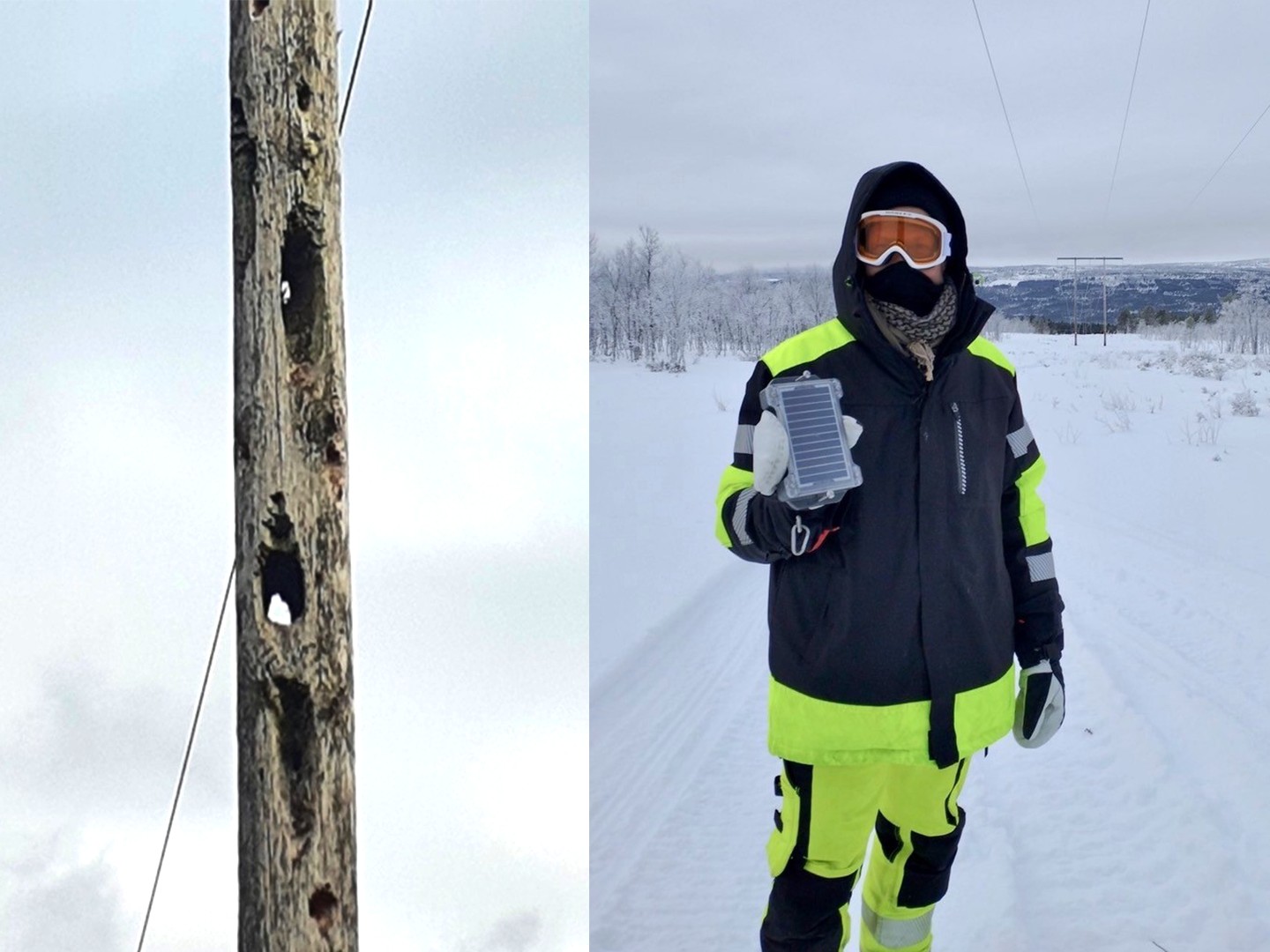
The two biggest challenges with using wooden poles in the power grid are woodpeckers and root damage. With multiple sensors and a new patented solution, Norwegian GridGuard believes they have the solution to one problem, and a good way to tell the power companies about the other. In one and the same box.
Published on 16. may 2025